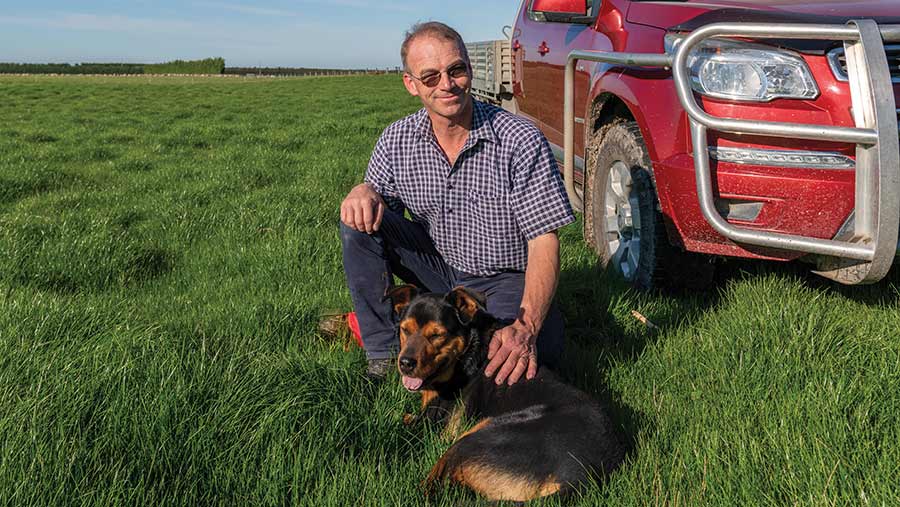Farmer Focus: Soil fertility variability is holding yields back
 © Emmily Harmer
© Emmily Harmer As part of our “make the boat go faster with less paddling” strategy, we have been interested in precision soil testing for some time.
But this year a crop of marrowfat peas brought the discussion forward.
A 20ha field under the lateral irrigator, which had been two 10ha fields under RotoRainers up until 2010, had a distinct split along the old fence line.
We have re-fenced this farm twice since arriving in 1994, first to convert from dryland to shiftable irrigators and again 10 years later to install pivot-type machines.
See also: Essex farm uses borage and herbage seed to fight blackgrass
When we re-fenced in 2010, we soil tested in the normal “quadrant pattern across the field” manner and tailored fertiliser applications to each old paddock in an attempt to standardise these new fields.
In this pea crop, one half-matured seven days earlier, yielded 600kg/ha less and had a 3% higher disease score in the harvested peas at time of grading.
We could find no difference in pea history back as far as 2004, so the only difference had to be soil pH.
Across the whole field, standard soil testing indicated that soil pH on average was good, so closer analysis was required.
We have now soil sampled for phosphorous and pH at 1ha spacings and had the results plotted onto maps from which application shape files have been drawn.
It would appear that our interventions in 2010 were insufficient to even the blocks up, and variance across these bigger fields was being masked by whole-of-field soil testing.
It has taken a sensitive crop like peas to give us a visual jolt and let us recognise the problem.
We have now identified Olsen P ranges from 15-45 mg/litre and pH of 5.4-6.5 in fields that were showing an average of 24 mg/litre and pH 5.9.
We will now variably apply lime and phosphate with the aim of achieving an Olsen P of 22mg/litre and a pH of 6 evenly across the whole field.
This year we have tested half the farm, and next year will do the other half and repeat in four years to test the outcomes.
All of this is only possible due to the very cool technology we now have available to us as food producers.


